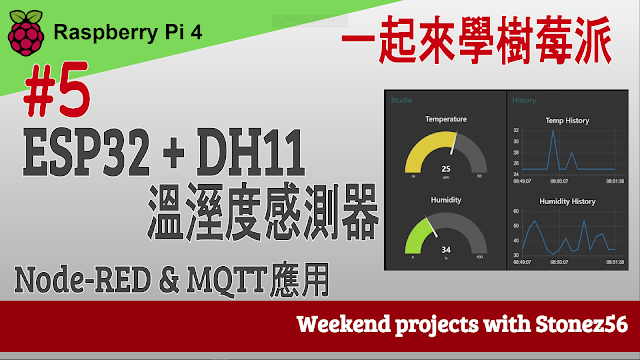#10.1 如何開機自動連接Google 雲端硬碟/ How to auto-mount Google Drive on boot
如果時間不夠的朋友, 也可以從以下的時間軸挑選想看的部份即可! #10.1 如何開機自動連接Google 雲端硬碟/ How to auto-mount Google Drive on boot 大家好, 今天是2021的最後一天, 祝大家新年快樂!! 在今年的最後天天, 來和大家分享 “一起來學樹莓派” 系列之 “如何開機自動連接Google 雲端硬碟/ How to auto-mount Google Drive on boot” 之前的影片做了一片”#10 重要資料, 直接備份到Google雲端硬碟的影片https://youtu.be/GmyiPJ1cxvk , 卻忘了一個重要的程序, 就是如何開機後, 如何自動連接Google 雲端硬碟, 少了這個重要的步驟, 那每次重新開機都要下 rclone 指令來掛載Google drive 也是很麻煩的! 請務必先看之前的影片 #10, 不然會不容易了解此片的內容! 參考資料: * Raspberry pi Mount error: setting does not match unit name https://unix.stackexchange.com/questions/283442/systemd-mount-fails-where-setting-doesnt-match-unit-name * Rclone + Raspberry pi parameters https://forum.rclone.org/t/raspberry-pi4b-4gb-config-help/11361/2 * Rclone mount: https://rclone.org/commands/rclone_mount/ home-pi-mnt-gdrive.mount (千萬別照抄...要依你 Rclone 設定來修改) [Unit] After=network.target [Mount] Type=rclone What= gdrive:rpi4 Where= /home/pi/mnt/gdrive Options=rw,allow_other,args2env,vfs-cache-mode=writes,config= /home/pi/.config/rclone/rclone.conf ,
